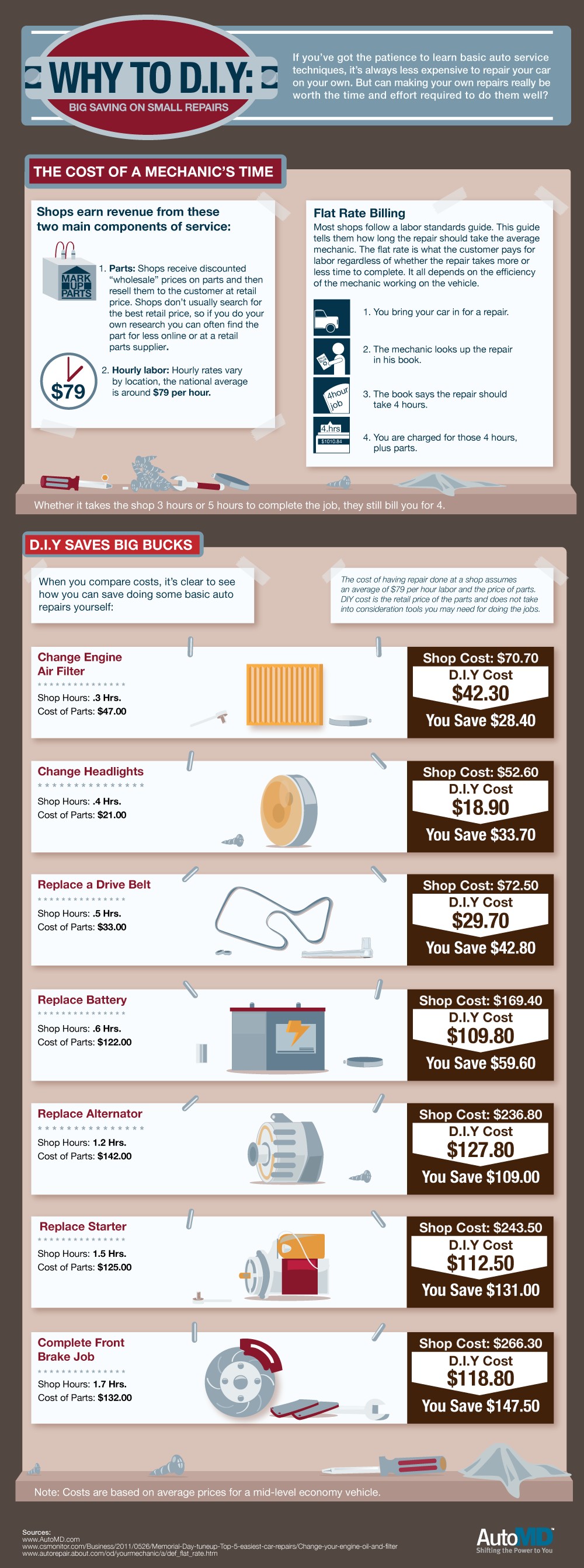Nonetheless, What Can Be Done About Mushy Brake Pedals? Find The Solution Outlined Listed Below!
Nonetheless, What Can Be Done About Mushy Brake Pedals? Find The Solution Outlined Listed Below!
Blog Article
Material Author-McGrath Herring
When it comes to your lorry's brake system, understanding typical problems can conserve you from potential safety threats. From identifying brake pad wear to dealing with brake liquid leakages, recognizing how to take on these troubles is crucial. However what regarding those squishy brake pedals? There's a fix for that also. Stay tuned to get more information concerning these issues and the useful options that can keep you safely when traveling.
Brake Pad Put On and Substitute
When it involves preserving your vehicle's brake system, one essential element to keep an eye on is the wear and replacement of brake pads. Brake pads are important parts that press against the brake rotors to decrease or stop your automobile. Over https://www.kbb.com/car-advice/air-conditioning/ , these pads wear down as a result of rubbing, requiring normal assessment and replacement to guarantee your brakes operate efficiently.
To identify if your brake pads require substitute, pay attention for shrieking or grinding noises when you apply the brakes. Furthermore, if your lorry takes longer to stop or you discover vibrations or pulsations when braking, it may be time to replace the brake pads.
Neglecting worn brake pads can bring about reduced stopping efficiency, damage to various other brake components, or perhaps brake failure.
Replacing brake pads is a reasonably simple process for several automobiles. Nevertheless, if you're not sure or uneasy executing this task, it's ideal to seek advice from an expert auto mechanic to ensure appropriate installation and optimum brake performance.
On a regular basis checking and replacing brake pads is essential for your safety and the durability of your car's stopping system.
Brake Fluid Leaks and Maintenance
To guarantee your vehicle's brake system operates ideally, it is essential to likewise take notice of brake fluid leakages and maintenance. Brake liquid is vital for transmitting the force from your foot on the brake pedal to the actual braking device. One usual problem with brake fluid is leakages, which can take place due to worn-out brake lines, seals, or connections. If you notice a pool or drips under your cars and truck, it's essential to address the leakage immediately to stop a potential brake failing.
Routinely examining your brake liquid degree is essential to keeping your brake system. Reduced brake liquid can cause air getting in the brake lines, which jeopardizes braking performance.
Additionally, old or infected brake liquid can impact the total efficiency of your brakes. It's advised to follow the maker's standards on when to change the brake liquid, normally every 2 years.
Spongy Brake Pedal: Blood Loss Brakes
If you have actually ever experienced a mushy brake pedal while driving, you comprehend the importance of maintaining a company and receptive braking system. One typical cause of a squishy brake pedal is air caught in the brake lines. When https://spencerjfaup.blog-eye.com/31300491/conserve-money-and-remain-protected-when-traveling-by-providing-appropriate-factor-to-consider-to-the-typically-ignored-auto-upkeep-job enters the brake system, it can bring about a loss of hydraulic stress, causing that disturbing spongy sensation when you push the brake pedal.
To solve this issue, hemorrhaging the brakes is necessary. Hemorrhaging the brakes entails removing the air from the brake lines to bring back proper hydraulic stress.
To hemorrhage the brakes, you'll need an assistant to aid you. Beginning by finding the brake bleeder shutoff on each wheel, commonly located near the brake caliper. With a wrench, loosen the valve and have your assistant press the brake pedal while you observe any type of air bubbles coming out. Repeat this procedure for each and every wheel, starting from the wheel farthest from the master cylinder and moving more detailed.
As soon as you no longer see air bubbles and just clear fluid emerges, tighten up the valve and top up the brake fluid reservoir as needed. Hemorrhaging the brakes helps ensure a company brake pedal and enhances overall braking performance.
Conclusion
Now that you recognize common brake issues and how to repair them, you can guarantee your vehicle's security and performance. Bear in mind to listen for warning signs like shrilling noises or squishy brake pedals, and resolve them without delay. Regular maintenance and timely substitutes are essential to maintaining your brakes in leading condition. Stay positive and attentive to your brake system to delight in secure and trustworthy driving experiences.
